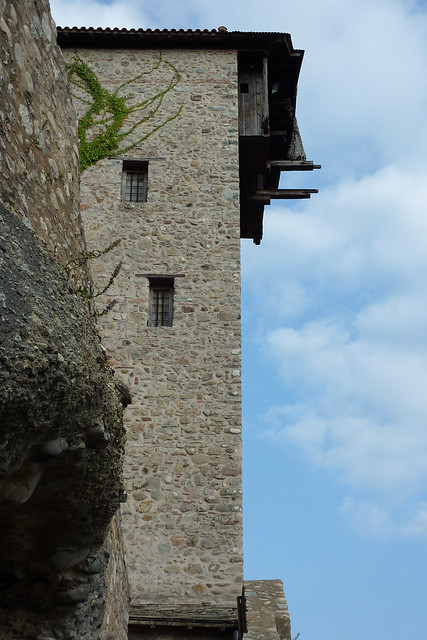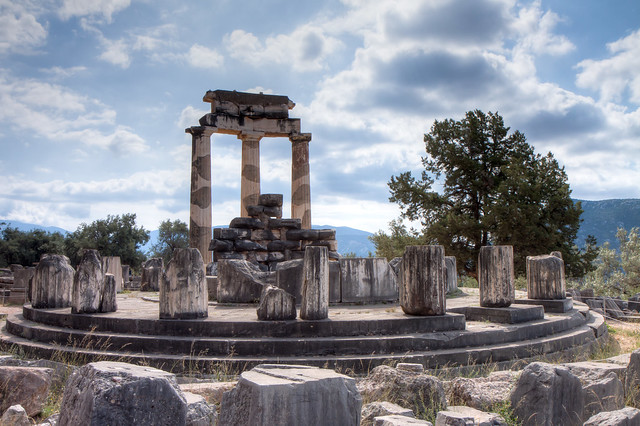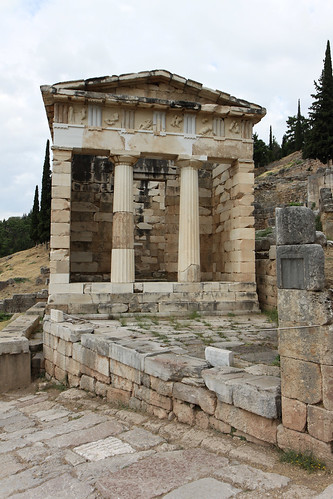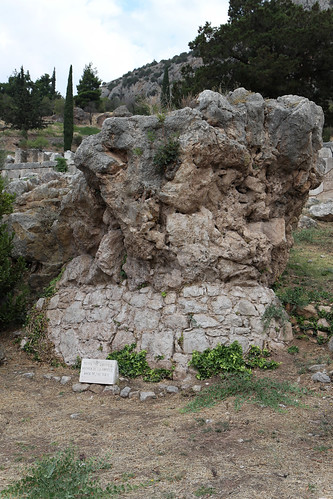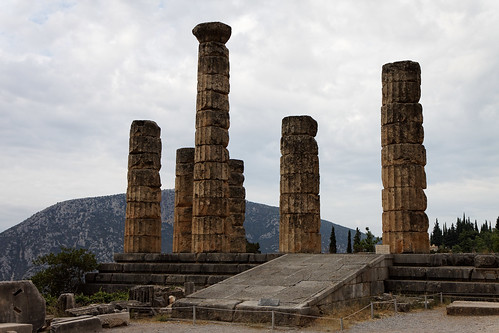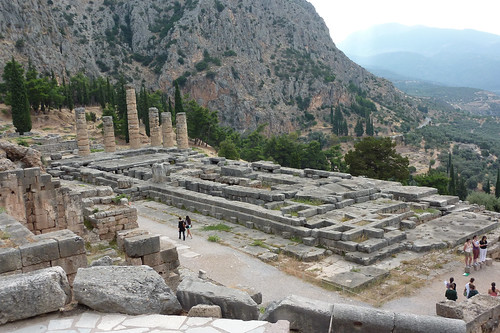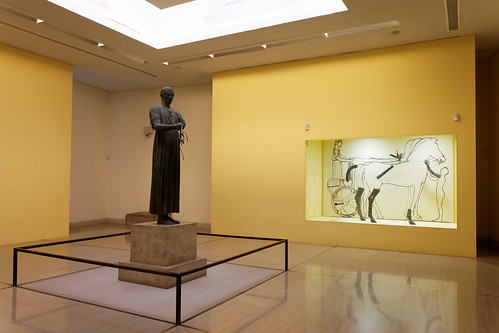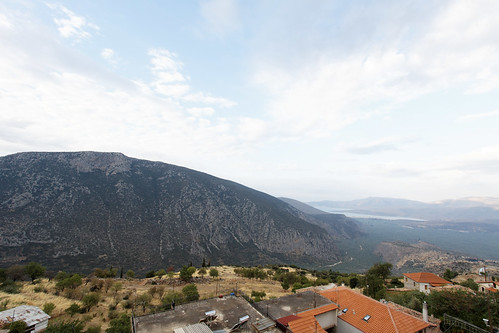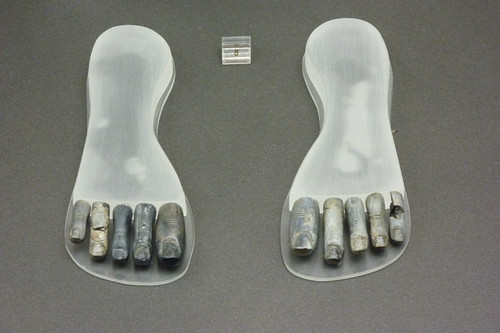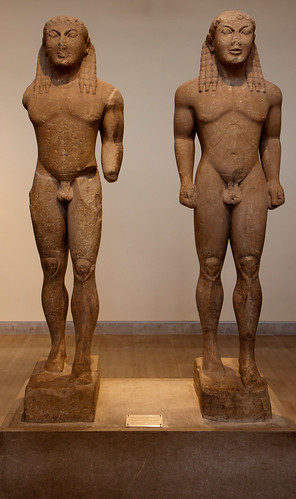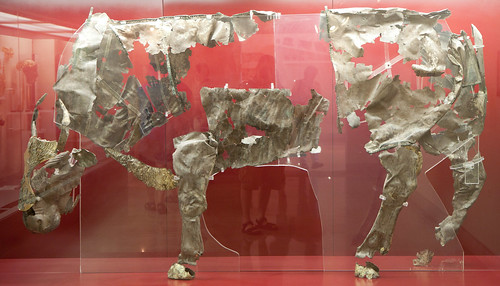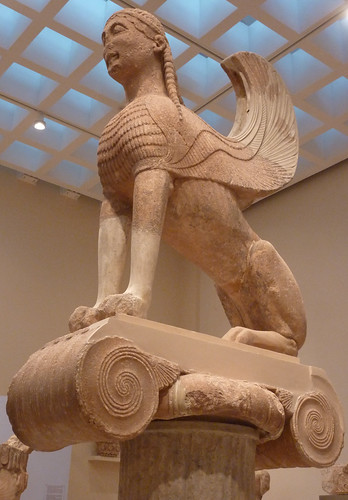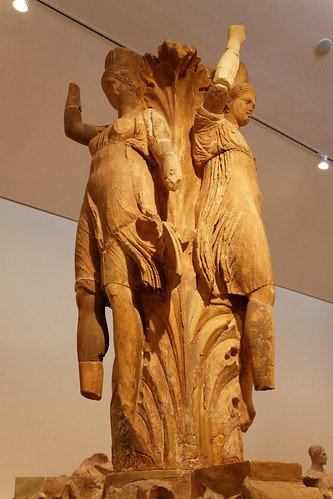
On this photo you can see in what kind of setting the Meteora monasteries were built. Massive rock formations rise up from the earth. All the monasteries have a beautiful view of their surroundings.

Walking up to the Holy Trinity Monastery was very interesting. From the distance you can see some kind of transportation system with horizontal ropes. I assumed that was the only access to the monastery and was preparing for a dangerous ride.

The rope transport system in action
It turned out the system is only used to carry goods. You park on a nearby cliff (left on the photo). You then walk down to the base of the cliff and go up the stairs to the monastery.
I didn’t take many photos inside the monastery. The only one I can offer you is one from the transportation room.

The Holy Monastery of Saint Stephen was the only one which was closed on Mondays. So we were unable to see the inside.
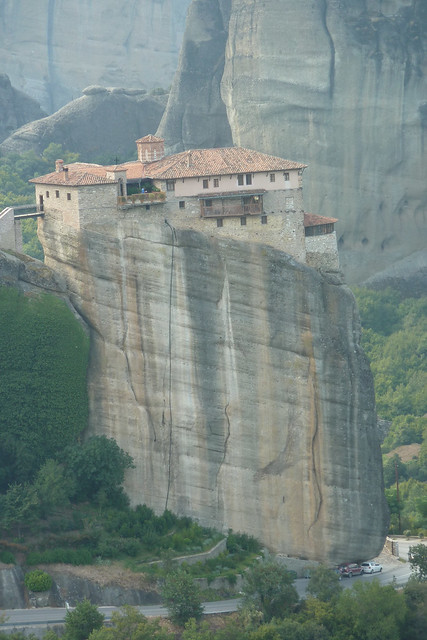
The Meteora Roussano Monastery looks like it is almost melted to its underlying rock cliff. The road passes directly underneath it. You park on the side of the road, and then you walk up a neighboring cliff. At the left of the photo you can see a small bridge which you cross to enter the monastery.
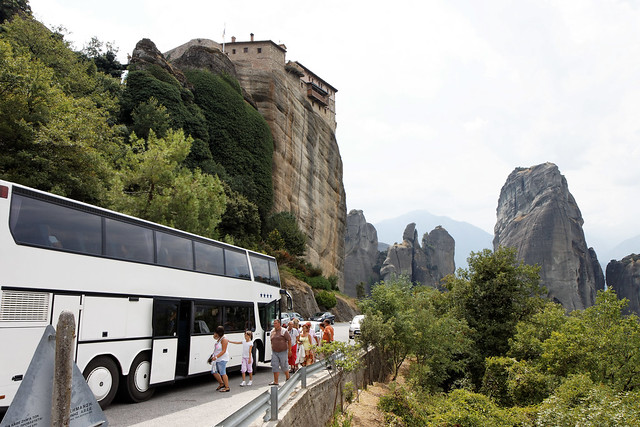
A bus parked at the side with tourists visiting the Roussanou Monastery

Just before you enter the Roussanou Monastery there is a plateau where you can look around.
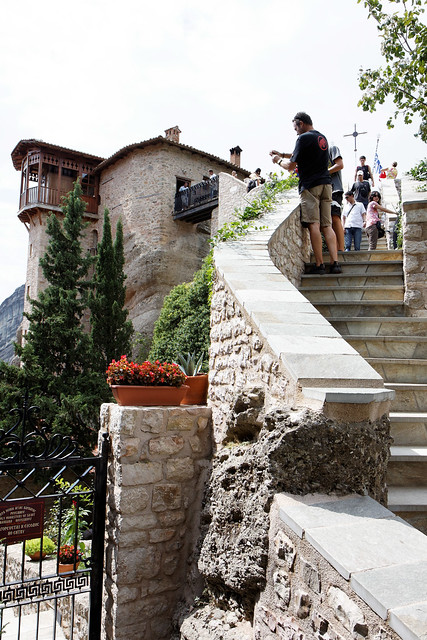
Near the entrance of the Roussanou Monastery
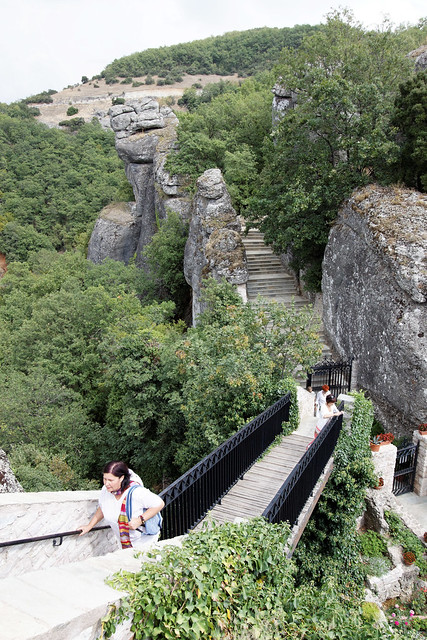
The access bridge seen from the Roussanou Monastery
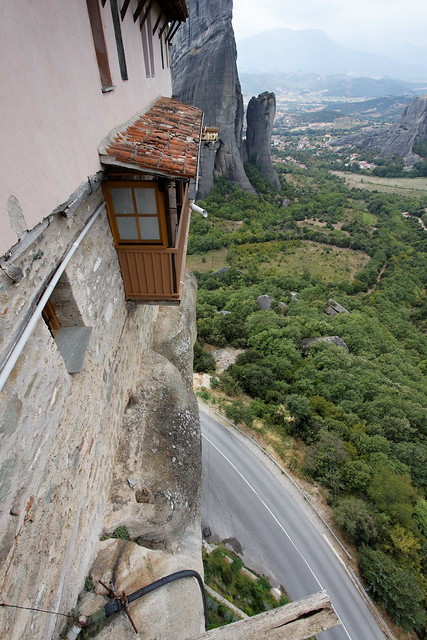
Transportation room seen from the outside. Supplies are delivered here by pulling them up with a rope.

Roussano Monastery down left and its surroundings.
You can see the access bridge on the right hand side of the monastery. The monastery has a terrace where you can enjoy the magnificent view. I have made a photo of the view, which I will publish in a separate post.
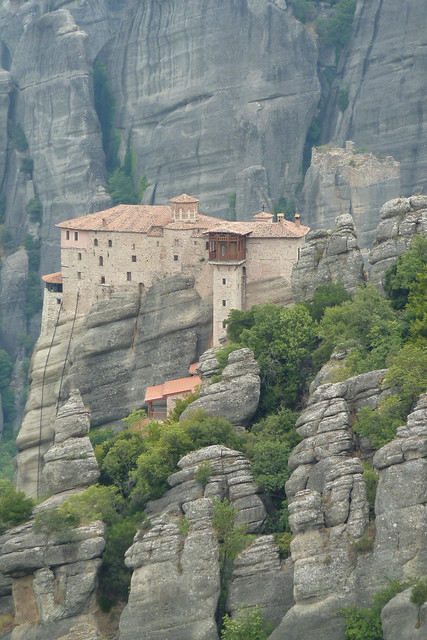
The monasteries of Meteora are one of the most unique sites I have ever seen. Strange pointy cliffs thrust upward from the earth, while ‘normal hills’ surround the area. Meteora means “hanging from the air”, which is a real understatement.

It’s not known how the cliffs are formed. The locals tell me that this area was once a sea, but it still does not explain why the cliffs rise so steeply. It’s also not known how the first monks got to the top. Hermits climbed the steep cliffs to be closer to God. One of the monks called Athanasius founded the Church of Transfiguration and built the monastery Megalo Meteoro. It is now known as Great Meteora Monastery.
You can visit about six monasteries. We stayed near Kalambaka to arrive early. You drive up to a parking place nearby, walk down to the base of the cliff and then climb up the stairs carved out of the side of the cliff. You will need at least a whole day to visit all the monasteries.

Entrance to Great Meteora Monastery
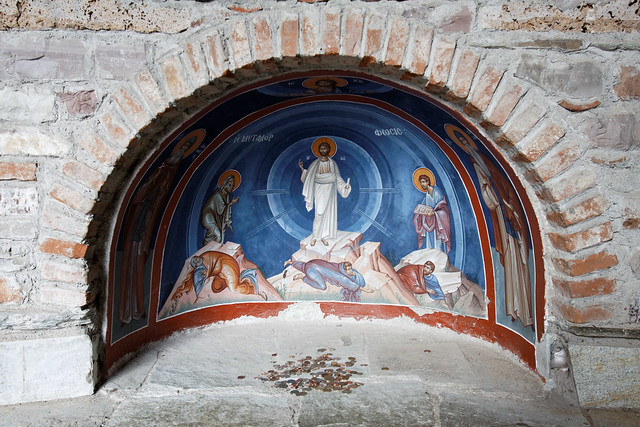
Small shrine halfway the stairs up to Great Meteora Monastery
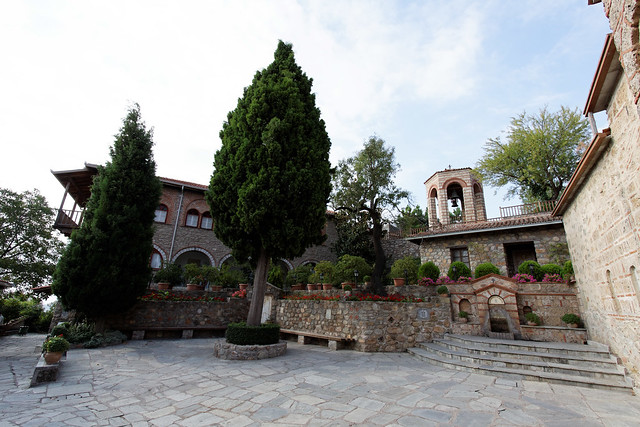
Outside the Great Meteora Monastery
The Great Meteora Monastery is one of the largest. You can still visit the various rooms like the authentic kitchen, wine cellar and the church.
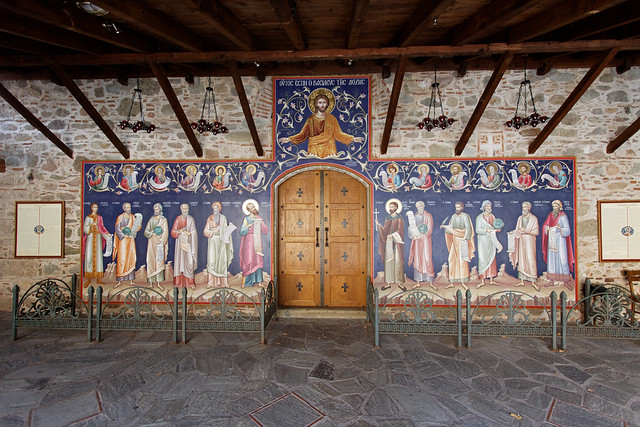
Entrance to the Great Meteora Church
The view from the monasteries is breathtaking!
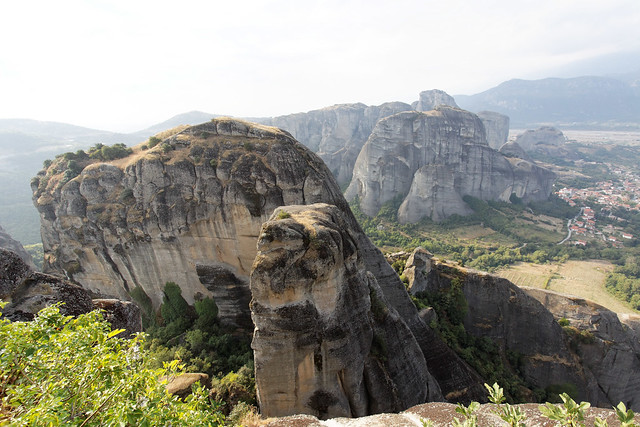
View from the Great Meteora Monastery
In the old days food, other supplies and even monks were hoisted up with a windlass, rope and baskets. The stairs, which the tourists use, were only made recently. That is the reason every monastery has a dedicated ‘transport room’.
